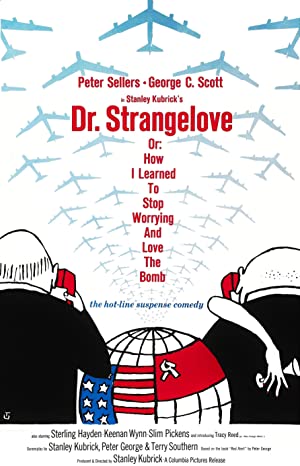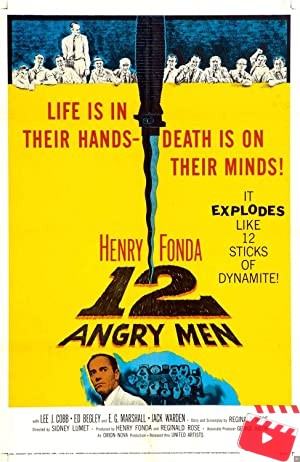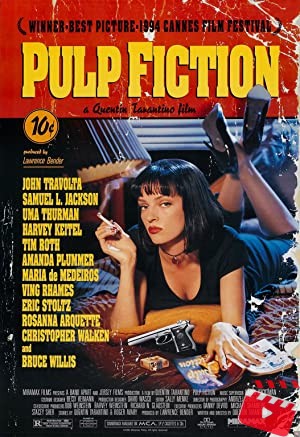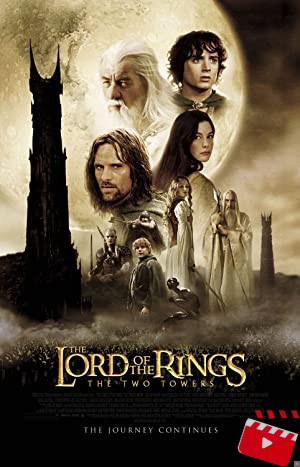
As a cinephile, I have watched countless movies, but few have left such a lasting impression as Dr. Strangelove or: How I Learned to Stop Worrying and Love the Bomb. This 1964 black comedy by Stanley Kubrick is a timeless classic that masterfully blends humor and satire to deliver a biting social commentary on the ever-present threat of nuclear war.
The film revolves around General Jack D. Ripper, a paranoid lunatic who orders a nuclear attack on the Soviet Union, believing that fluoridation is sapping Americans’ “precious bodily fluids.” As the world braces itself for annihilation, a group of political and military leaders desperately tries to prevent doomsday, but their efforts are continually undermined by a series of absurd mishaps and misunderstandings.
What makes Dr. Strangelove so remarkable is how it manages to be both hilarious and terrifying at the same time. The irreverent tone and zany antics of the characters provide plenty of laughs, but there is a definite sense of unease and dread that permeates the entire film. The fact that the events depicted in the movie are not entirely fantastical, given the tense geopolitical climate of the time, only adds to the film’s impact.
The performances are uniformly excellent, with Peter Sellers in particular standing out for his virtuosic triple role as Group Captain Lionel Mandrake, President Merkin Muffley, and the titular Dr. Strangelove. George C. Scott is also superb as the bellicose General Buck Turgidson, while Sterling Hayden exudes crazed intensity as Ripper.
Apart from its satirical edge, Dr. Strangelove is also a technical marvel. Kubrick’s meticulous attention to detail is on full display, from the set design to the memorable score by composer Laurie Johnson. The film’s final scene, with Sellers’ Dr. Strangelove struggling to contain his Nazi-inflected right arm, is a striking image that lingers long after the credits have rolled.
In conclusion, Dr. Strangelove or: How I Learned to Stop Worrying and Love the Bomb is a cinematic gem that deserves to be seen by everyone. Kubrick’s razor-sharp wit, the fantastic performances, and the powerful message make this movie a true classic that remains relevant to this day. Highly recommended!
Lesson about Dr. Strangelove or: How I Learned to Stop Worrying and Love the Bomb
The movie Dr. Strangelove teaches us about the dangers of nuclear weapons and the importance of international cooperation to prevent global catastrophe.
The Best of Dr. Strangelove or: How I Learned to Stop Worrying and Love the Bomb
- 1. Satirical brilliance: Dr. Strangelove is a satirical masterpiece that brilliantly satirizes the nuclear arms race and Cold War tensions. The film’s dark humor and biting satire make it a powerful critique of the absurdity and dangers of the nuclear arms race.
- 2. Outstanding performances: The film boasts a stellar cast of actors who all deliver outstanding performances. Peter Sellers is particularly impressive, playing three different roles with incredible skill and versatility. The film’s ensemble cast also includes performances by George C. Scott and Sterling Hayden that are both memorable and impactful.
- 3. Innovative filmmaking: Dr. Strangelove features innovative filmmaking techniques that contribute to its overall impact. The film’s use of black and white cinematography, inventive camera work, and innovative editing techniques all contribute to the film’s powerful and unforgettable visual style. Additionally, its use of music is also notable, as the film’s memorable score helps to create a sense of tension and unease throughout.
Week points of Dr. Strangelove or: How I Learned to Stop Worrying and Love the Bomb
- 1) Lacks diversity: The film Dr. Strangelove or: How I Learned to Stop Worrying and Love the Bomb 1964 features a nearly all-white cast, which is disappointing given the opportunity to incorporate more diversity into the narrative. This significantly limits the representation of different racial groups and may alienate some viewers.
- 2) Slow pacing: The pacing of the film is quite slow, especially in the early stages, and may require more patience than some viewers are willing to expend. The dialogue-heavy scenes can be draggy, and the movie could benefit from more dynamic storytelling, especially for contemporary audiences.
- 3) Limited relevance: While the film was a topical satire of the Cold War era when it was released, it might seem increasingly irrelevant and outdated to modern viewers. Even though the political situation is still dire, the film’s specific concerns and plot may not connect as well with modern audiences unaware of the historical context.
Technical details of Dr. Strangelove or: How I Learned to Stop Worrying and Love the Bomb
| Title | Dr. Strangelove or: How I Learned to Stop Worrying and Love the Bomb |
|---|---|
| Year | 1964 |
| Rated | PG |
| Released | 29 Jan 1964 |
| Runtime | 95 min |
| Genre | Comedy, War |
| Director | Stanley Kubrick |
| Writer | Stanley Kubrick, Terry Southern, Peter George |
| Actors | Peter Sellers, George C. Scott, Sterling Hayden |
| Plot | Paranoid Brigadier General Jack D. Ripper of Burpelson Air Force Base, believing that fluoridation of the American water supply is a Soviet plot to poison the U.S. populace, is able to deploy through a back door mechanism a nuclear attack on the Soviet Union without the knowledge of his superiors, including the Chair of the Joint Chiefs of Staff, General Buck Turgidson, and President Merkin Muffley. Only Ripper knows the code to recall the B-52 bombers and he has shut down communication in and out of Burpelson as a measure to protect this attack. Ripper's executive officer, RAF Group Captain Lionel Mandrake (on exchange from Britain), who is being held at Burpelson by Ripper, believes he knows the recall codes if he can only get a message to the outside world. Meanwhile at the Pentagon War Room, key persons including Muffley, Turgidson and nuclear scientist and adviser, a former Nazi named Dr. Strangelove, are discussing measures to stop the attack or mitigate its blow-up into an all out nuclear war with the Soviets. Against Turgidson's wishes, Muffley brings Soviet Ambassador Alexi de Sadesky into the War Room, and get his boss, Soviet Premier Dimitri Kisov, on the hot line to inform him of what's going on. The Americans in the War Room are dismayed to learn that the Soviets have an as yet unannounced Doomsday Device to detonate if any of their key targets are hit. As Ripper, Mandrake and those in the War Room try and work the situation to their end goal, Major T.J. "King" Kong, one of the B-52 bomber pilots, is working on his own agenda of deploying his bomb where ever he can on enemy soil if he can't make it to his intended target. |
| Country | United Kingdom, United States |
| Awards | Nominated for 4 Oscars. 14 wins & 11 nominations total |










